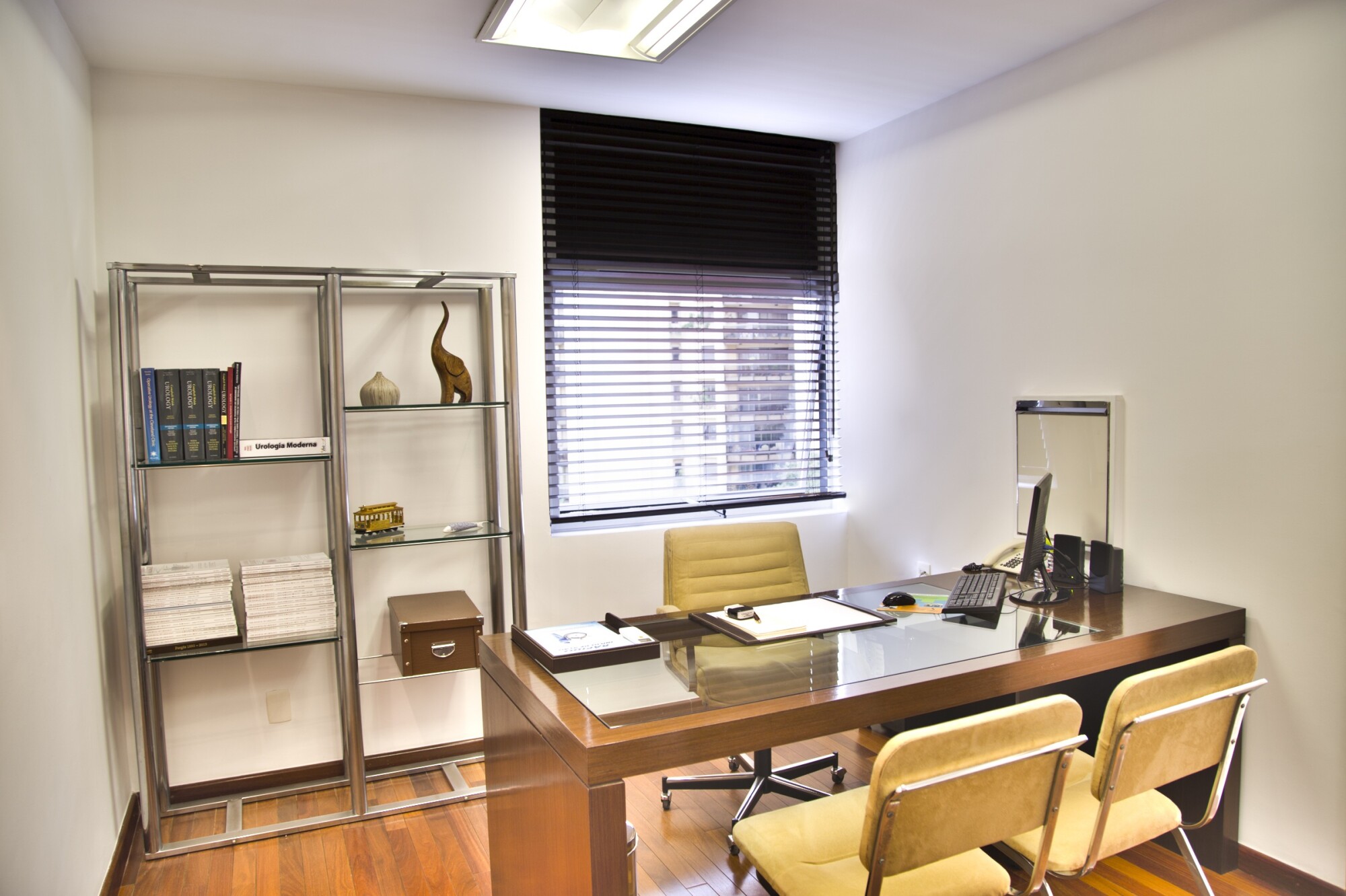What’s lighting got to do with patient care, you may ask?
Studies show that lighting quality can have a huge impact on how well medical staff delivers high-quality care to patients. Lighting has a role in everything from the way a room looks to determining the impact of medical office design.
For example, room lighting can impact how hard a worker must think to complete a task. In some cases, lighting can even determine whether a worker successfully performs a task.
How is that possible?
Keep reading to find out 3 things you can do to ensure effective lighting in every interior design for your medical practice.
Contents
1. Light Intensity
When it comes to medical office design options one valuable tip for choosing the right lighting light intensity is to factor in the type of work environment you are providing.
If you need a smaller, more intimate working space, you will want to opt for a warm, lower-intensity lighting that still provides enough illumination for tasks such as paperwork, reading, and computer use without causing eye strain or fatigue.
On the other hand, if your medical office requires a larger, more open working space, you will need a brighter and more intense lighting to ensure the space is sufficiently illuminated for everyone to see and move around comfortably.
Additionally, be sure to consider any specialty needs for certain tasks or areas, such as UV lights for task-specific tasks or added brightness for a specific working area.
2. Energy Efficiency
Lighting is one of the most important design elements to consider when developing a medical office. To ensure energy efficiency, it is important to consider both the right kind of lighting and the energy used to produce it.
To ensure energy efficiency in medical office designs, natural light should be used as much as possible and lighting installed should be highly efficient. LED and fluorescent lamps are both widely used options.
LED provides more energy efficient options and is more conducive to creating a comfortable, inviting, and calming environment. Fluorescent lighting is more affordable and more commonly used in medical settings. Task lighting should also be used to illuminate individual workspaces, such as exam areas, reception desks, and patient examination areas.
3. Dimming Control
Depending on the layout of the space, options include traditional wall switch, wire-in dimmers, lighting controls or even the intelligence of LEDs and other energy-saving LED products.
When selecting a dimmer control scheme, the office should factor in personal preferences and the functionality of the space. Selecting a dimming control that fits the desired design should include considerations such as mounting location, control device type (wall, preset, or remote control) and the level of dimming control desired for energy efficiency purposes.
It is also important to consider the style of the dimmer switches, as aesthetic preferences will differ from space to space. To ensure the desired light levels, request demonstrations of the different dimming control options to see them in action before selecting the final design. Read this article about medical office design to learn more.
All About Medical Office Design
The right lighting should be at the top of the priority list. With the right medical office design, comfort and productivity in the office are all possible. Keep these 3 tips in mind and explore the best lighting options suitable for your practice.
Consult with a professional office designer to find the perfect lighting setup for the medical office that meets the needs of the patients and staff.
Visit our main blog for more informative articles!



